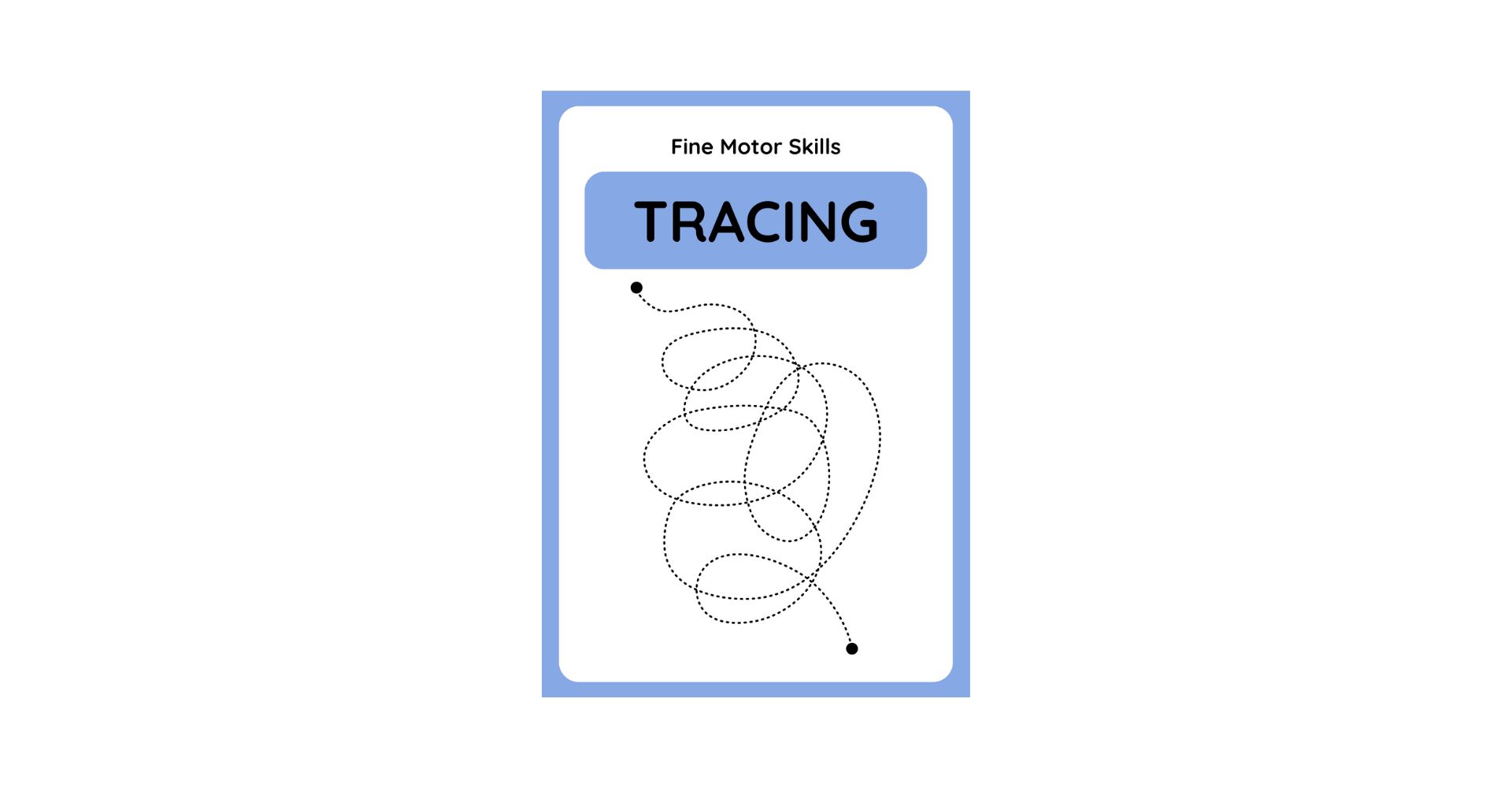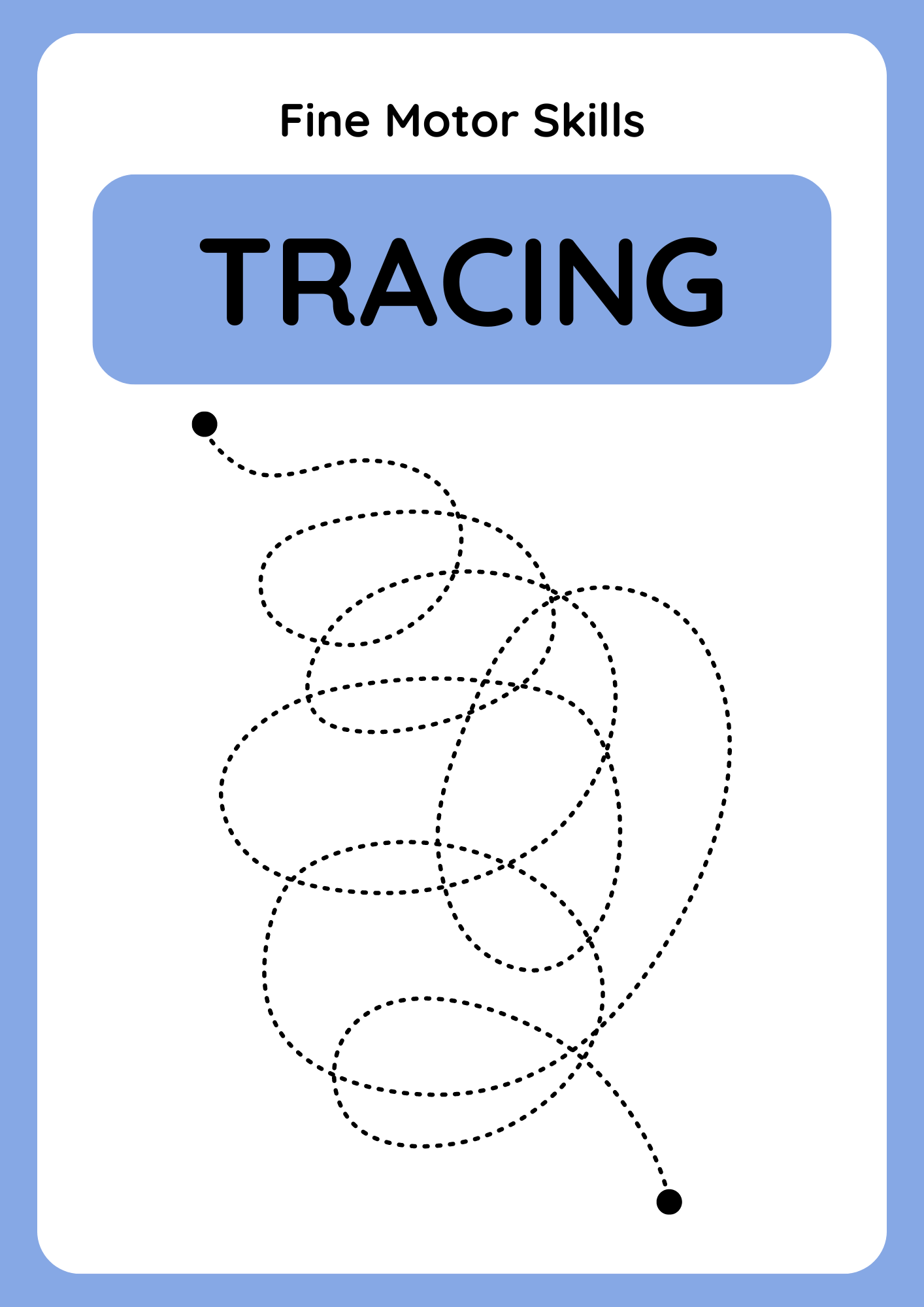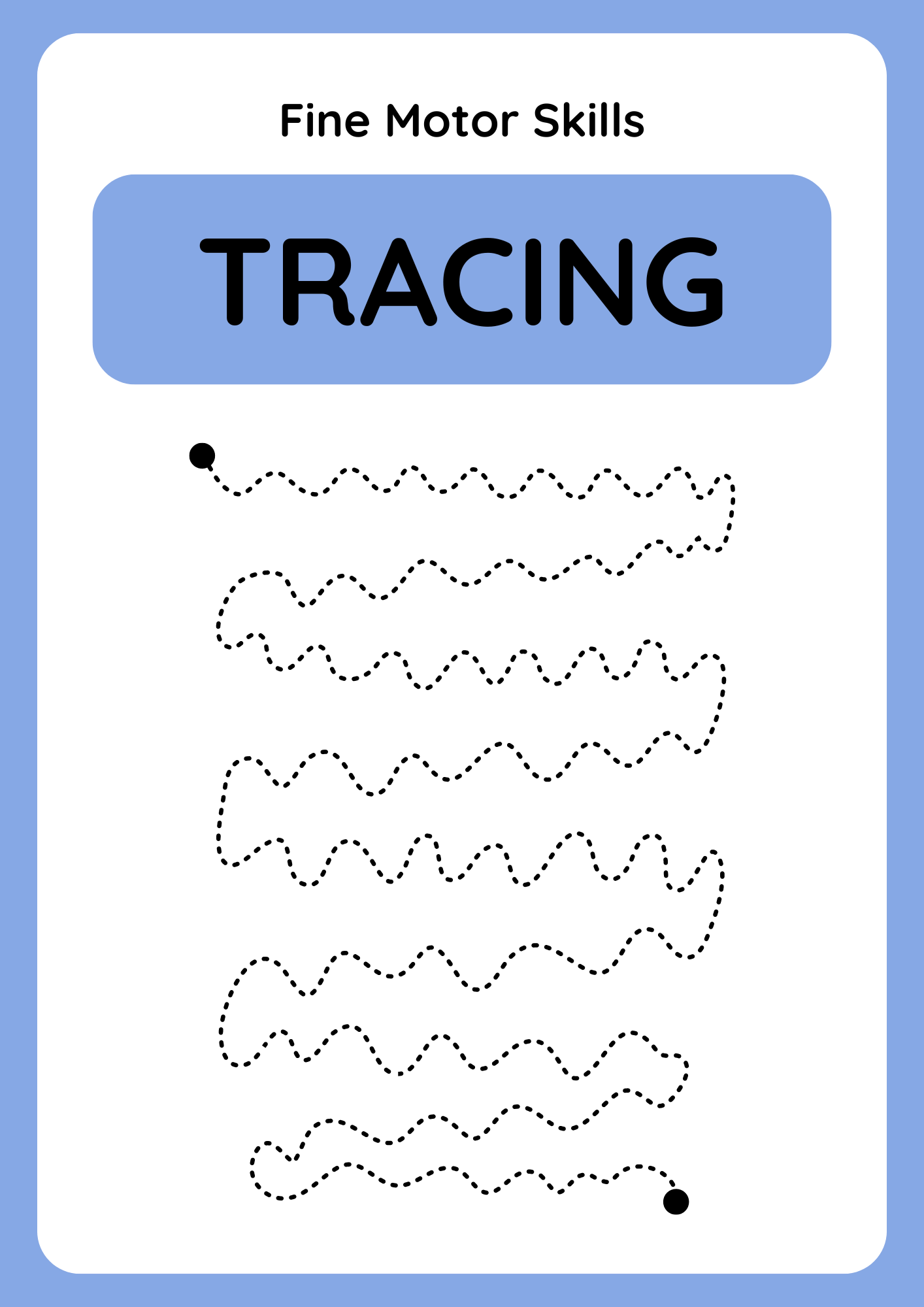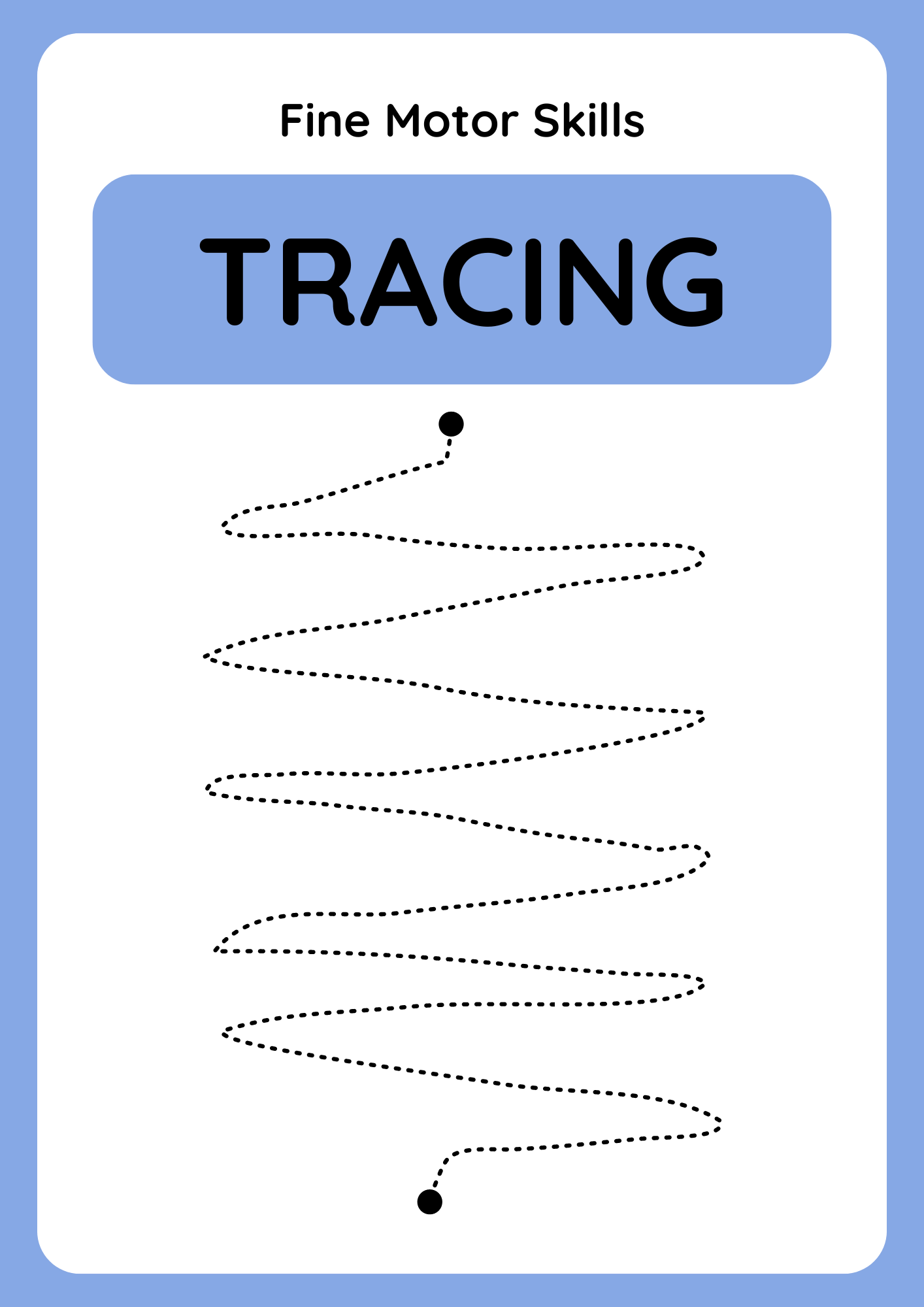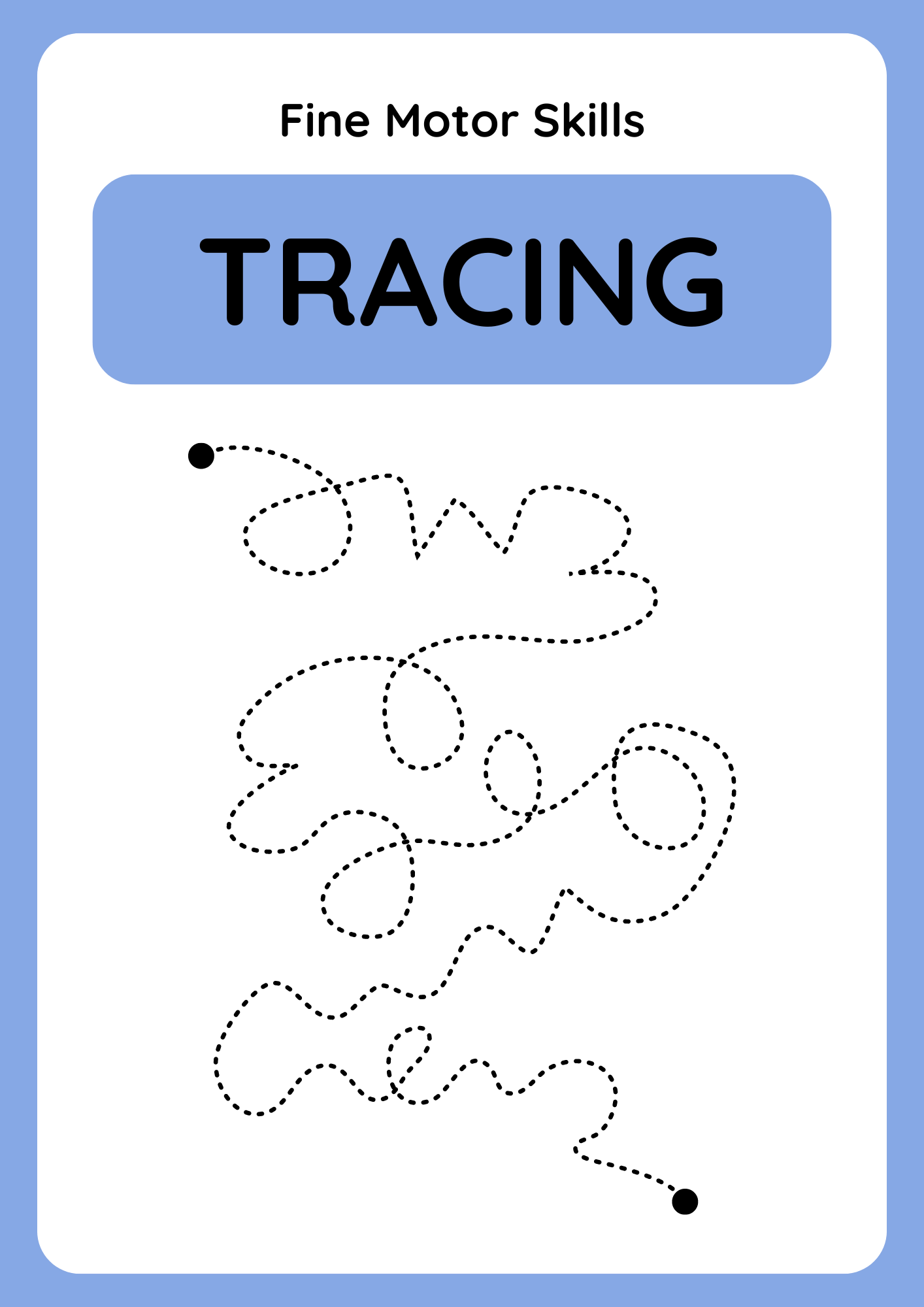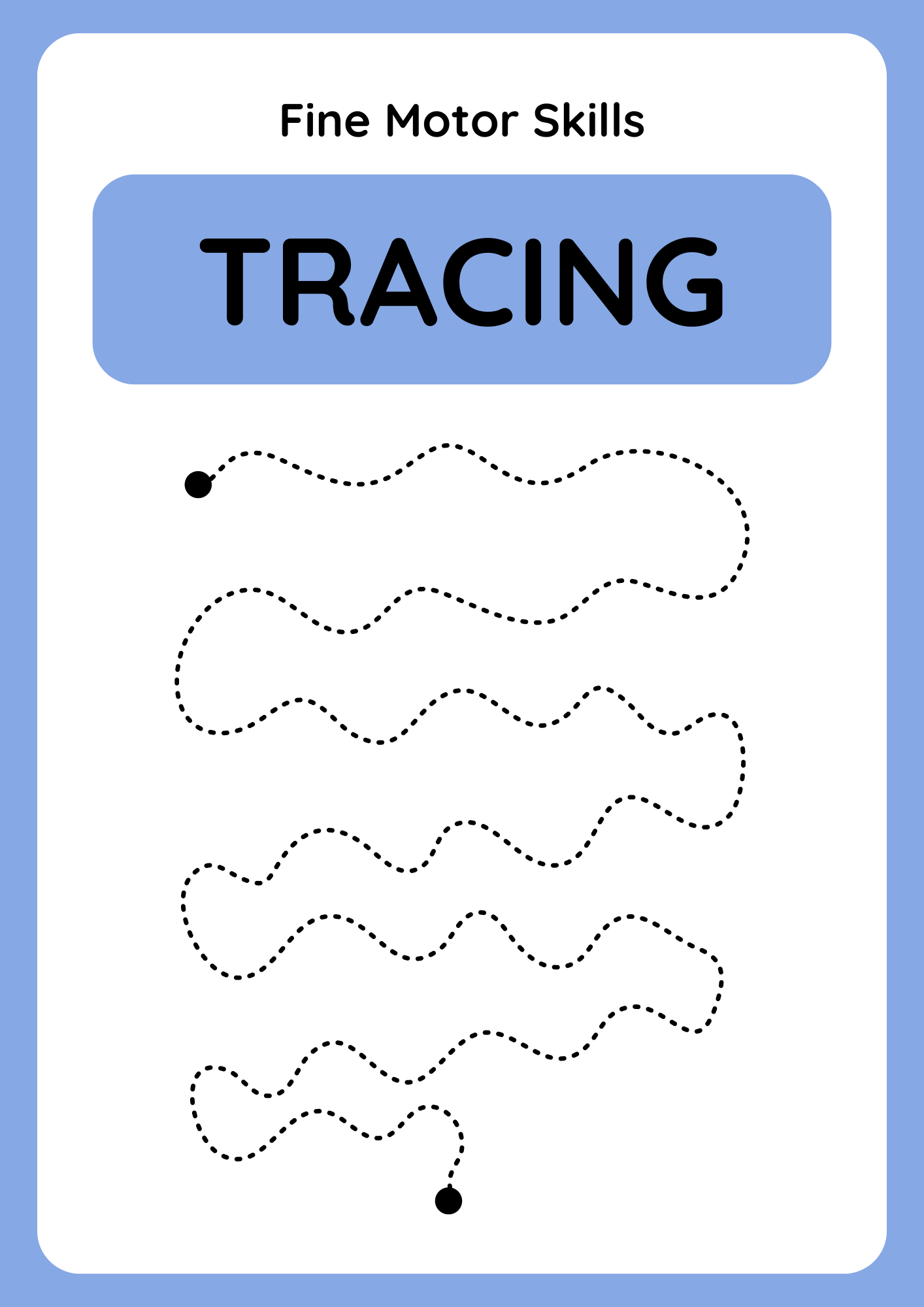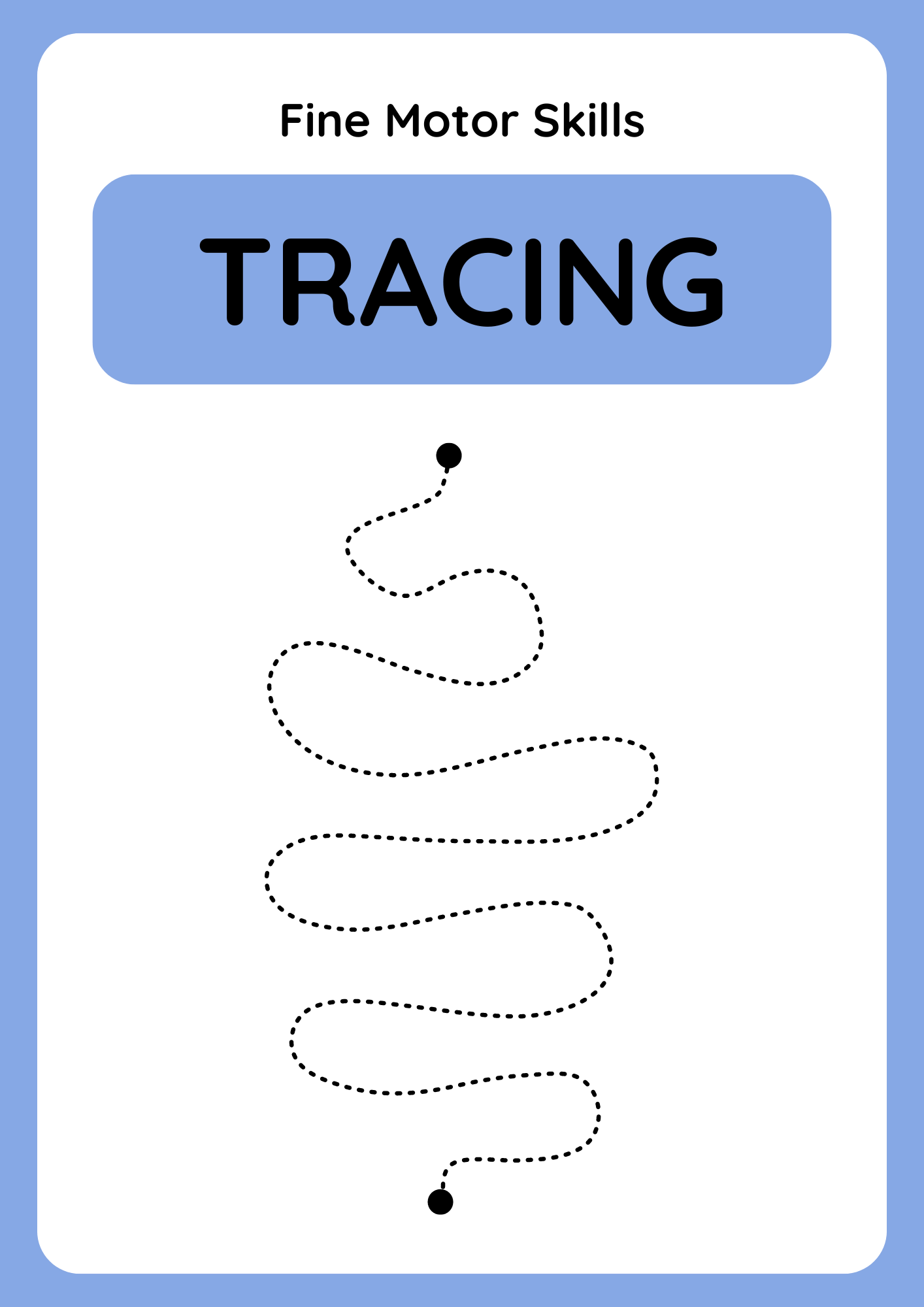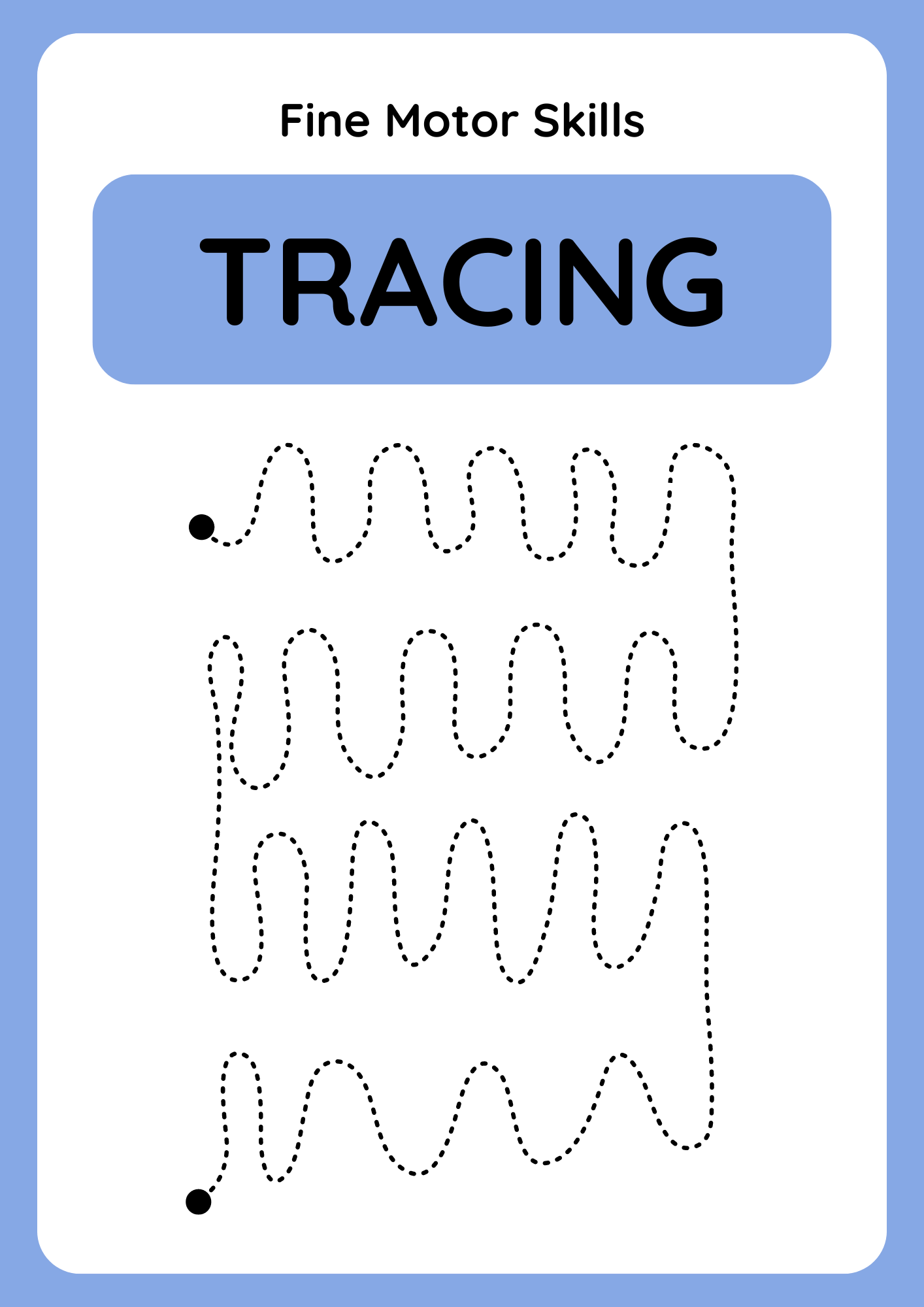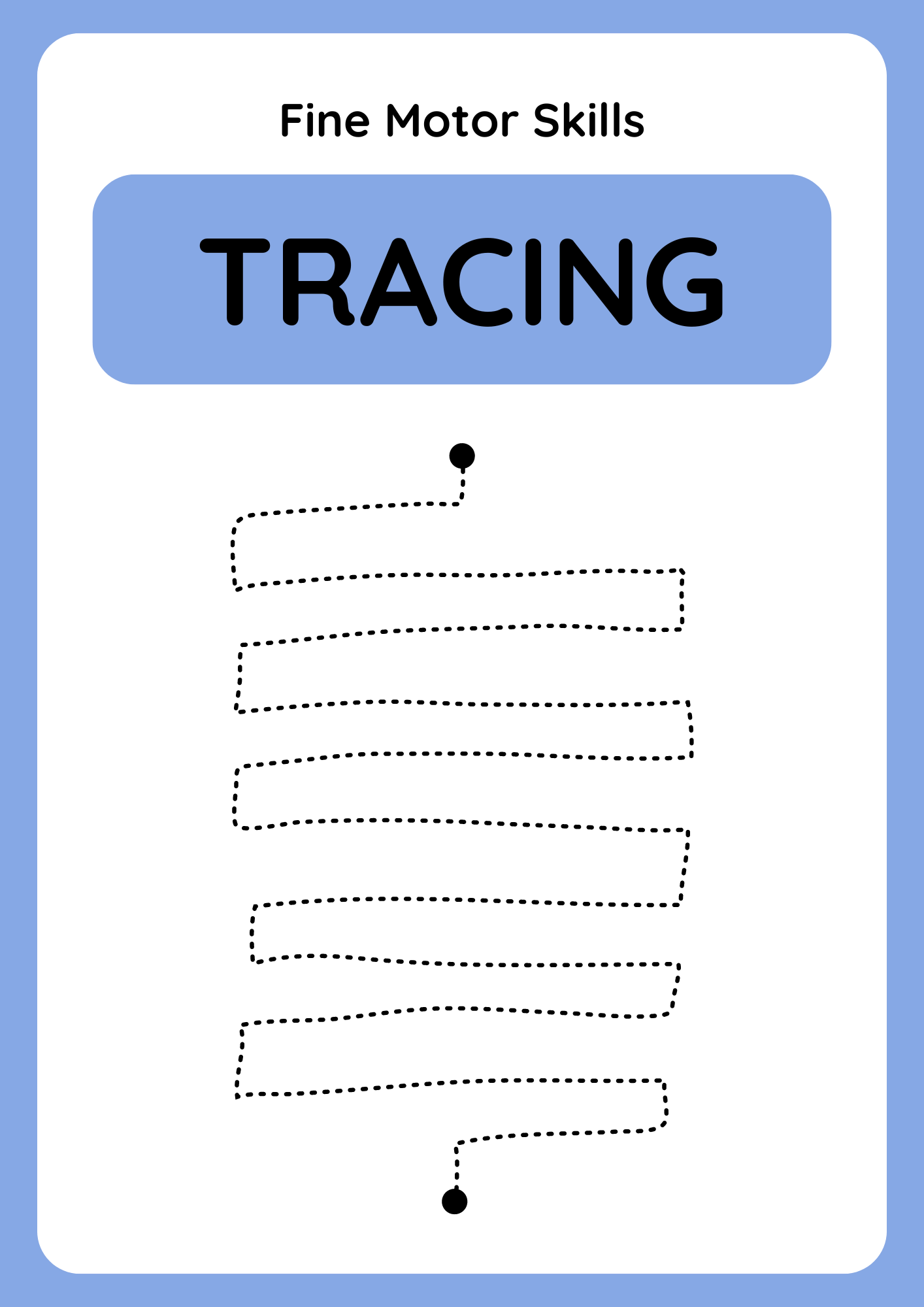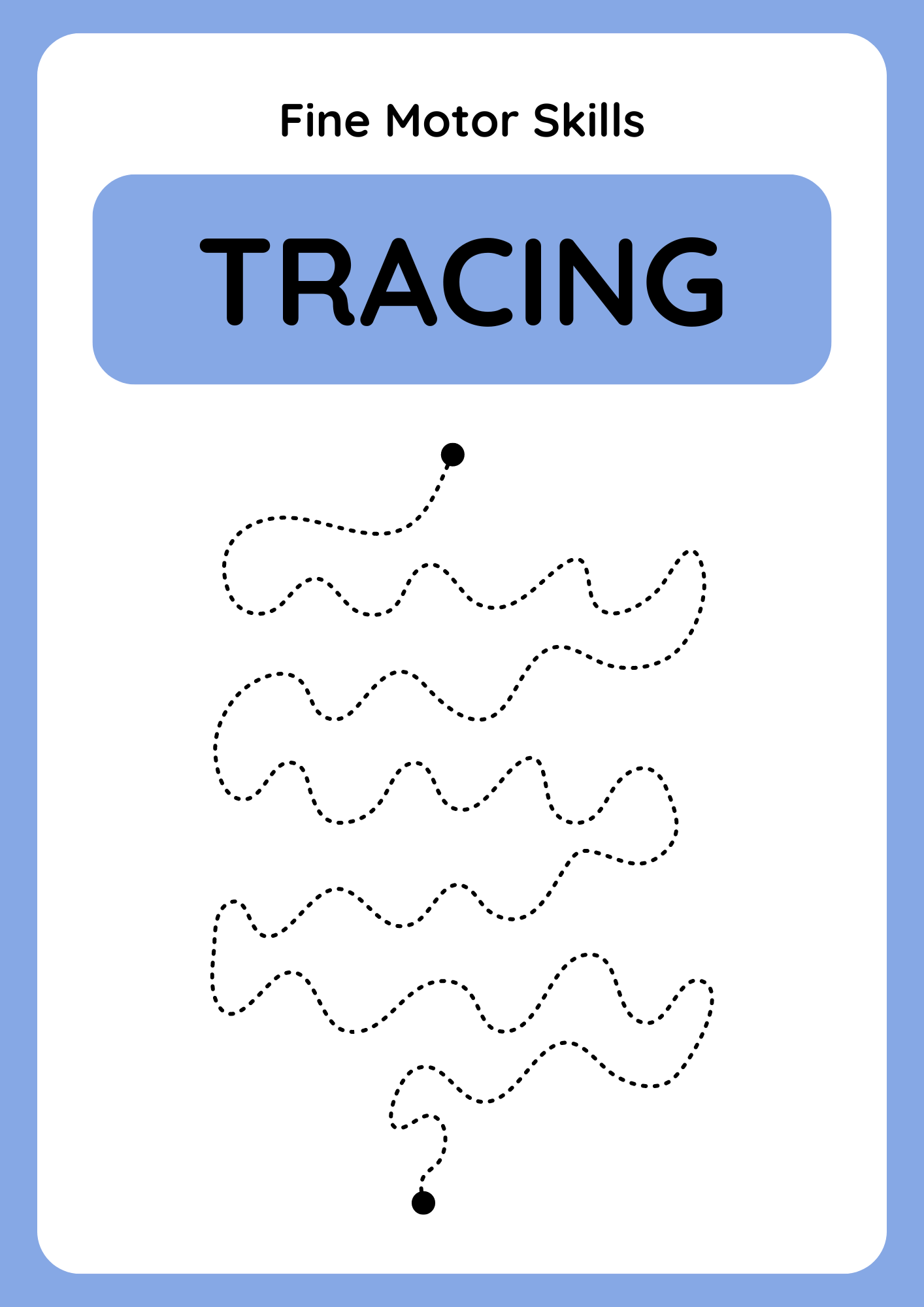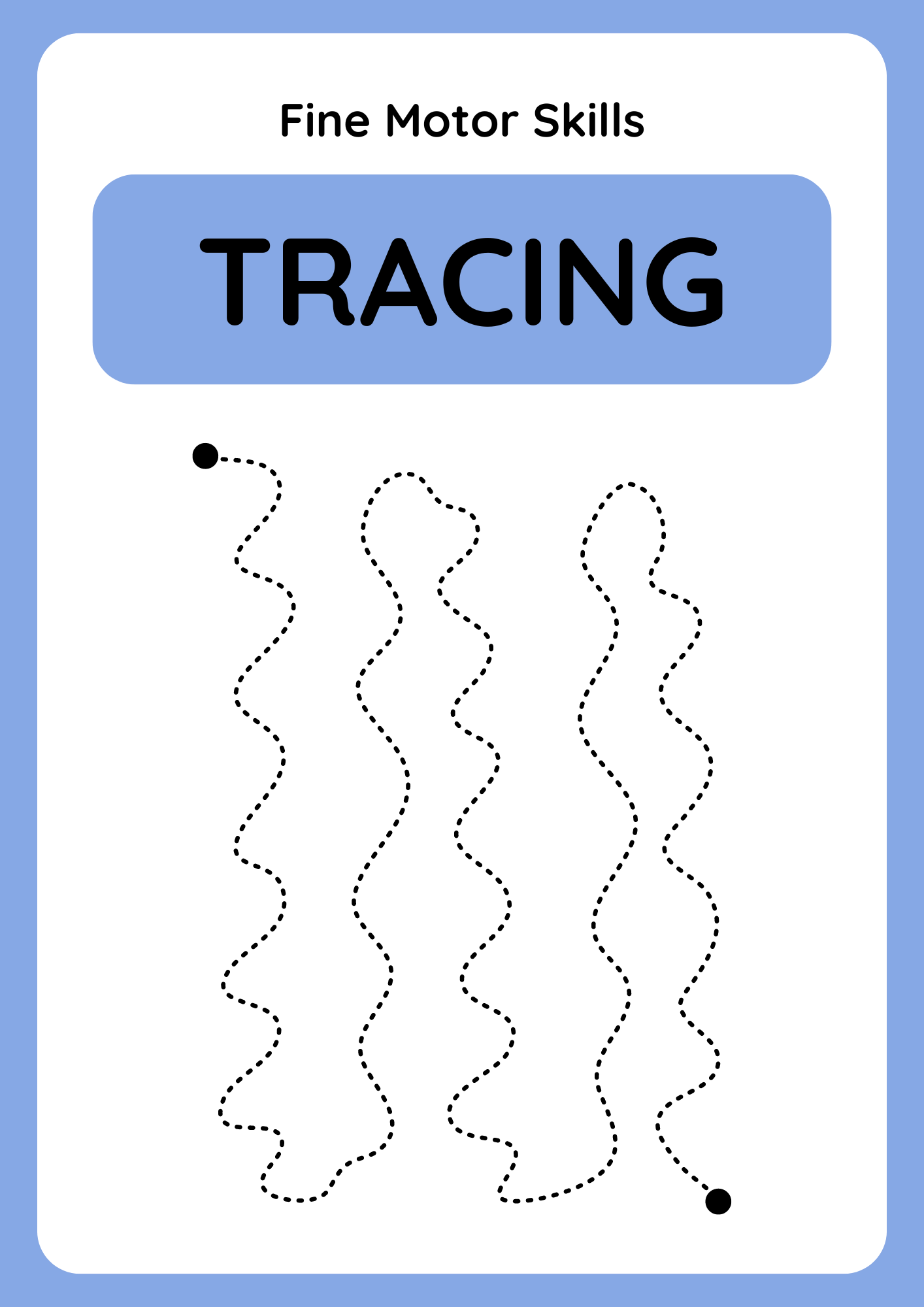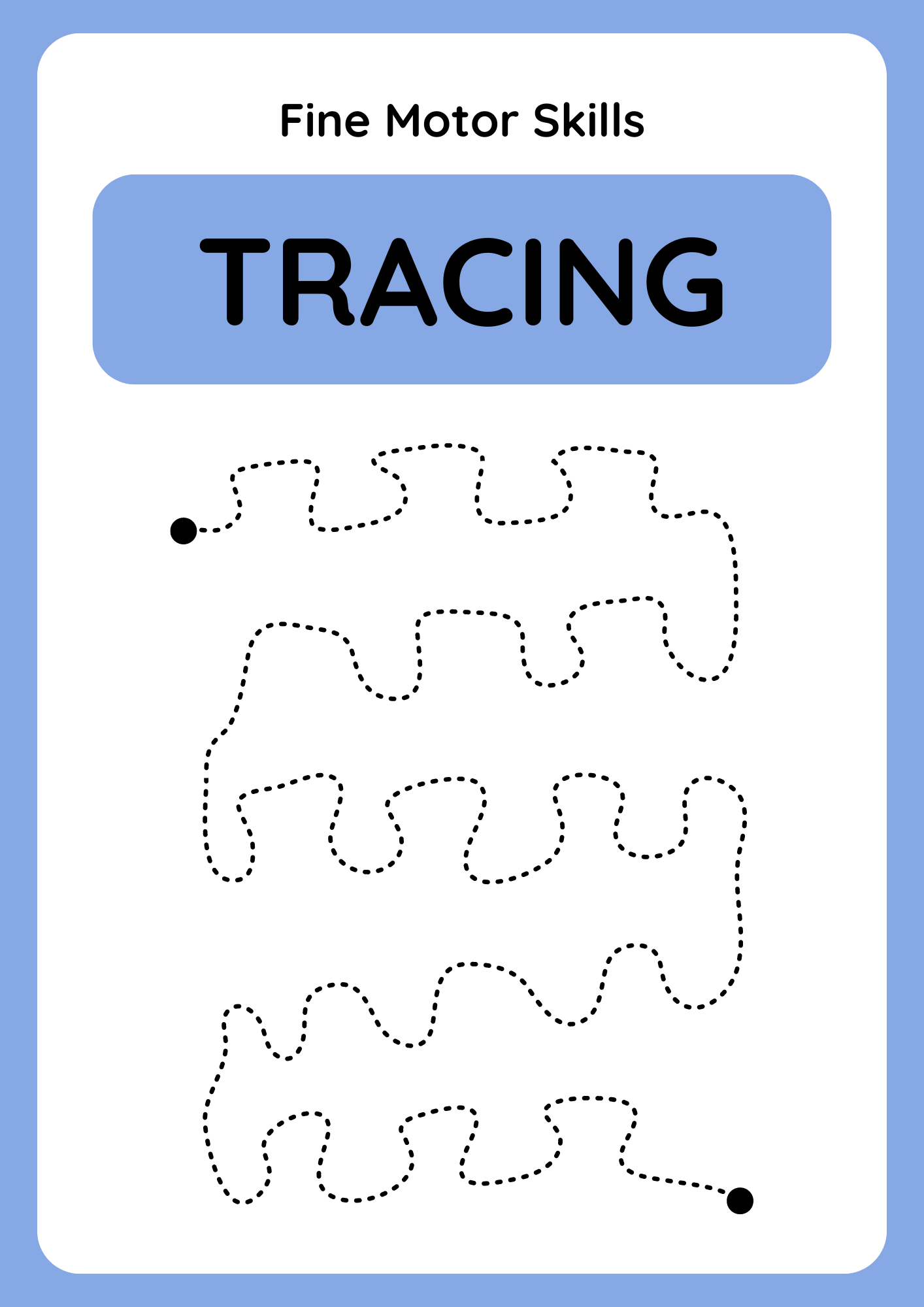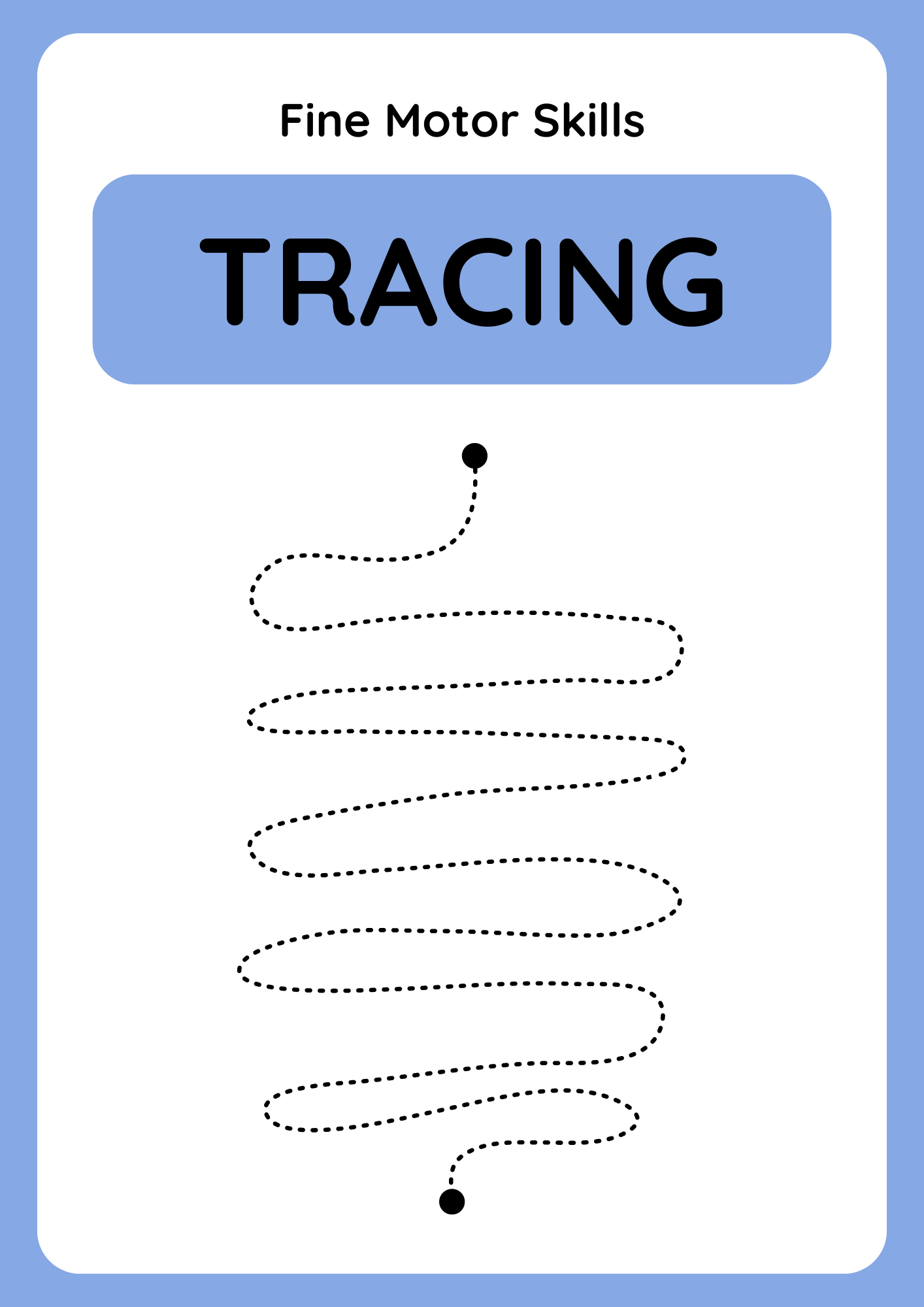Get Line Tracing Printable Worksheets! These worksheets will help kids learn how to draw lines, and hold pencils, and eventually make them capable of writing alphabets and words later. Each worksheet is packed with lots of different kinds of lines that are of different shapes and sizes. This way, kids can practice tracing in all sorts of ways, which is key for getting good at writing neatly.
Line Tracing Printable Worksheets Details:
| Feature | Details |
|---|---|
| Format | Downloadable PDF |
| Number of Pages | 16 |
| Content | Line Tracing Printable Worksheets/ Curved Tracing Lines. |
| Illustrations | Yes, playful and age-appropriate |
| Suitable For | Nursery, Lkg & Ukg |
| Printable? | Yes |
Learning Objectives:
- Helping with Hand Movements: These Line Tracing Worksheets are all about helping kids get better at using their hands and eyes together. When they trace lines over and over, they’re getting practice in making their hands do what their eyes see, which is super important for writing neatly.
- Getting Stronger Fingers: Holding pencils and tracing lines need fingers that are strong and can control things well. By doing these tracing exercises regularly, kids are giving their fingers a workout, making them stronger and more steady.
- Figuring Out Spaces: Tracing along lines that twist and turn helps kids understand how things fit together in space. It’s like a puzzle – by following the lines, they’re learning how to make shapes and letters the right size and in the right place.
- Getting Good with Pencils: Doing all this tracing helps kids get really good at using pencils. They learn how to move them just right to make lines and shapes, which means they can write neatly and confidently when they’re ready.
Who is this for?: These worksheets are suitable for the children in LKG, UKG, nursery, preschool, and kindergarten, providing adaptable activities suitable for learning.
Materials Needed: :
- Printed Worksheets: You’ll need to print out the Line Tracing Printable Worksheets. There are 16 different tracing activities in a downloadable PDF that you can download here.
- Writing Tools: pencils, crayons, or markers.
How to Use:
- Start by explaining what are these line tracing. Tell the kids why it’s important to trace lines carefully and precisely.
- Show them how it’s done! Use smooth and steady movements to trace along the lines. Let the kids watch closely and then try to copy what you’re doing.
- Help the kids get started with tracing. Give them hints and tips along the way. Make sure they understand the importance of staying on the lines and going at a steady speed.
- Once they’ve got the comfortable, let them loose! Give them some worksheets to try on their own. Encourage them to be creative and try new things while still focusing on tracing accurately.
- After they’ve finished, take some time to talk about how it went. Help them see what they did well and where they could improve. Remember, mistakes are just part of learning, so keep it positive and supportive!
Tips:
- Visual Help: Use pictures or arrows to show kids where to start and which way to go when they’re tracing. It makes it easier for them to follow along.
- Special Tools: Try out tools like special pencil grips or heavier pencils. They can give kids who struggle with holding a pencil better control and strength.
- Use different materials: Let kids trace over bumpy lines or use markers that smell nice.
Additional Activities:
- Creative Drawing: Get kids to use the worksheets in their drawings. They can turn those lines into cool landscapes or funky characters!
- Letter Formation: Tracing isn’t just about copying lines it also lays the foundation for how letters are formed. So why not merge tracing with learning to write? Start by tracing the outlines of letters, then move on to writing them independently. Interested? Check our Worksheets on Alphabets Letters For Tracing.
- Obstacle Game: Play a game where the paths are traced lines like a puzzle! Challenge the kids to get through the lines without stepping out of bounds.
Download the PDF File Here:
Click To Download Line Tracing Printable Worksheets PDF
How to Print:
- Get the PDF: Start by clicking the link to download the PDF files of the worksheets.
- Set up Printing: Make sure your printer is all setup. You can adjust the settings like paper size, whether it’s portrait or landscape, and how clear you want the print to be.
- Check Before You Print: Take a print preview. To make sure everything looks just right before you hit print.
- Print: Once you’re happy with how it looks, go ahead and hit that print button.
Tips for Parents and Educators:
- Give Encouragement: Tell them they’re doing great and praise their efforts. It helps keep them motivated and creates a happy learning atmosphere.
- Show How It’s Done: Let them watch you trace properly. Be patient and keep trying, so they see that it’s okay to make mistakes and keep going.
- Talk as They Trace: While they’re tracing, talk to them. Give them hints, reminders, and gentle corrections to help them improve.
- Customize the Activities: Every kid is different. Adjust the tracing tasks to suit each child’s abilities. Give them extra help if they need it, or challenge them a bit more if they’re ready. Just keep them engaged and let them make progress at their own pace.
Common Mistakes and Solutions:
- Getting Off Track: kids can slip away from the lines while tracing. To help them stay on track, you can gently remind them with words like “Oops, let’s try to stay on the line,” and show them where to go with your finger or a marker.
- Tired Hands: When kids trace for a long time, their hands might get tired or feel uncomfortable. Encourage them to take short breaks, wiggle their fingers, and try holding their pencils or crayons in different ways to see what feels best and keeps their hands from getting too tired.
- Trouble Staying Focused: It’s natural for kids to lose focus now and then, especially during longer tracing sessions. To keep them engaged, you can try making it more fun with challenges or games. For example, you could set a timer and see how fast they can trace, or turn it into a game where they have to trace along a path to reach a hidden treasure. These interactive strategies can help keep their attention and make tracing more enjoyable.
Love from LkgWorksheets!
